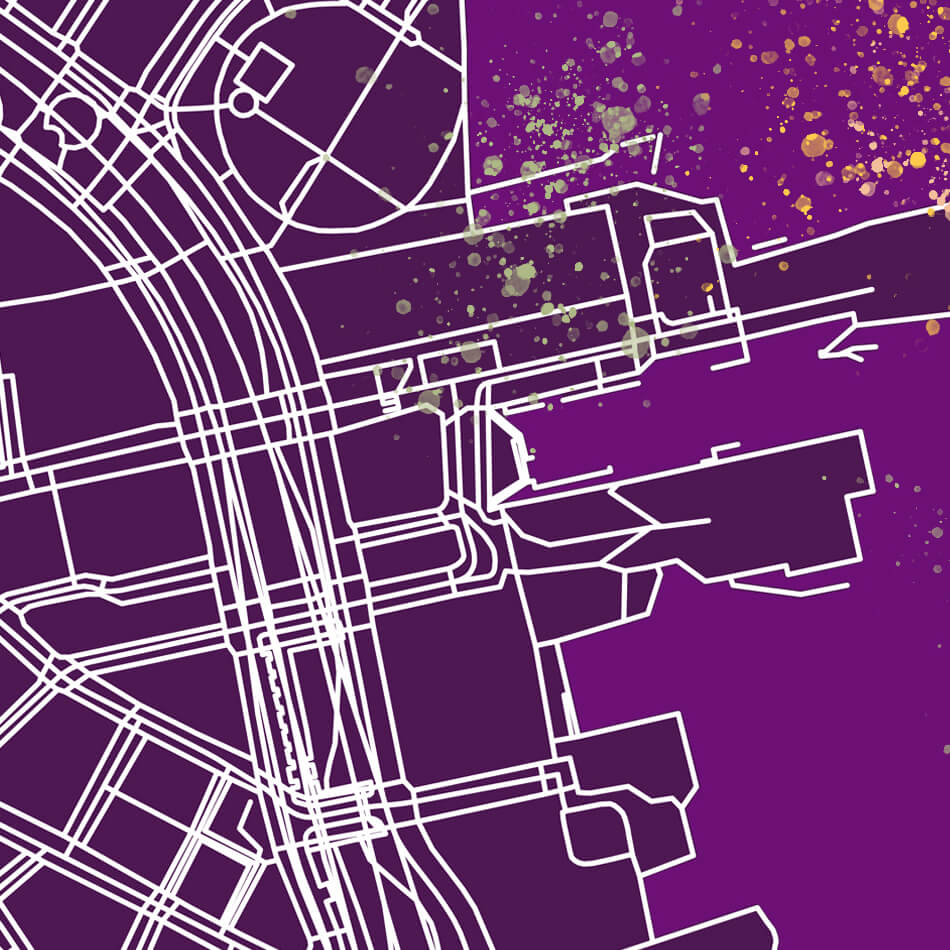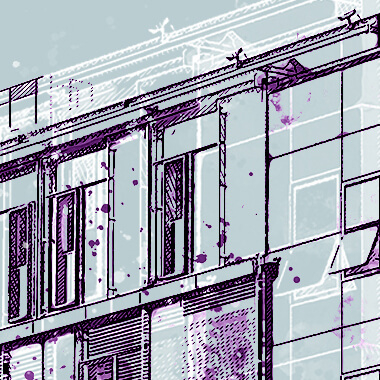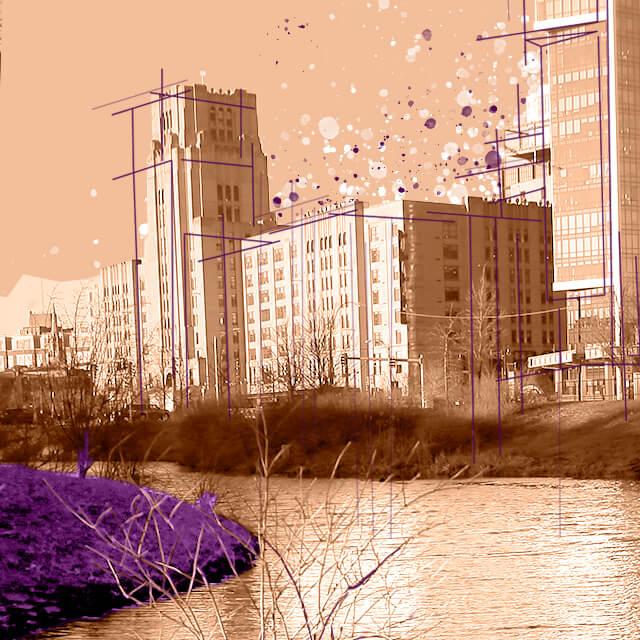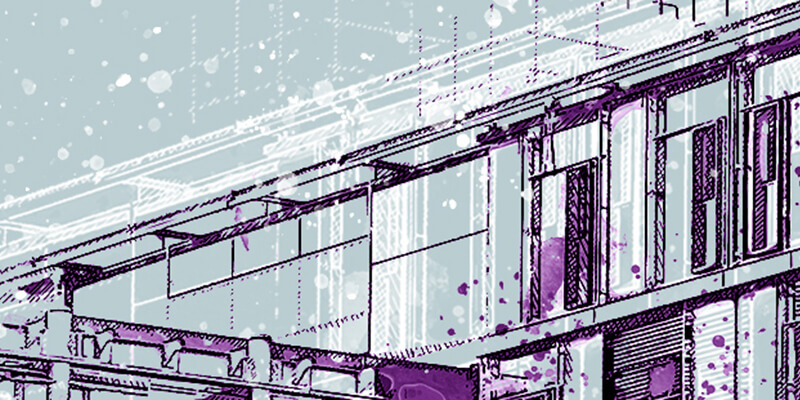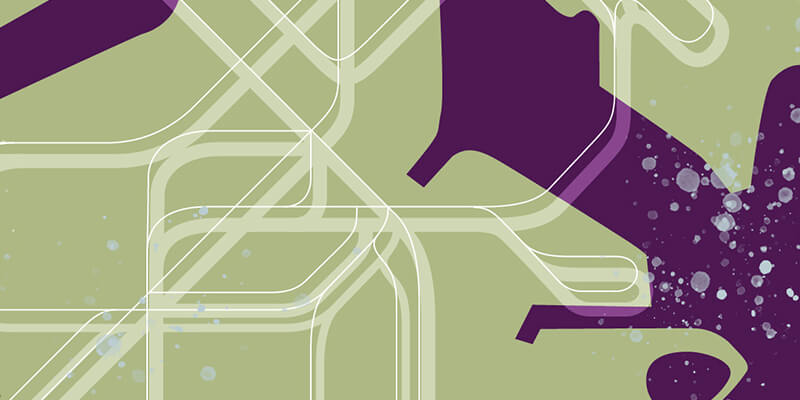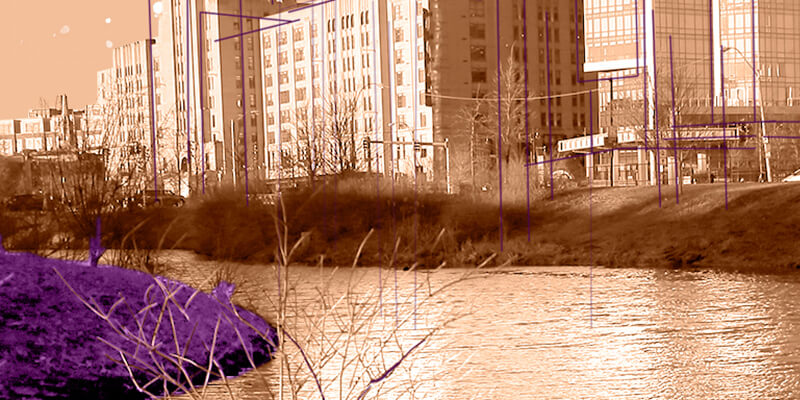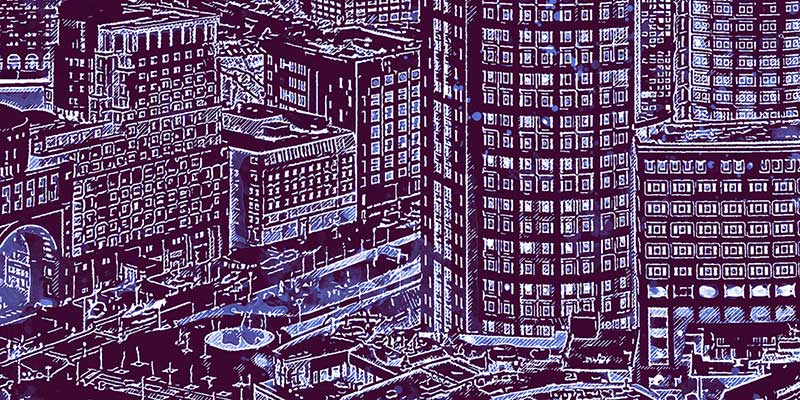Reclaiming our ambition
If we think of public works in broader and more creative ways, we can take on our most daunting challenges.

H. Hopp-Bruce / Globe Staff
We do big things around here.
We disposed of a tyrannical king and gave birth to public education. Leveled Boston’s hills and created entire neighborhoods on malodorous swamp. Our subway was the first in the nation. And not so long ago, we built the most iconic megaproject in modern American history — burying a grimy highway beneath an important American city and transforming its historic downtown.
But something strange has happened since the completion of the Big Dig.
This city of grand ambitions has grown timid. Unimaginative.
To be fair, the Big Dig gave us reasons for humility — the water leaks, the cost overruns, your occasional criminal indictment.
The moniker has become a sort of byword for mammoth, misbegotten projects. The United States’ overwrought, $740 million embassy in Baghdad was dubbed “The Big Dig of the Tigris.” And when the Canadians named an enormously expensive bridge and tunnel project “Le Big Dig de Montréal,” it was not in homage.
But it only takes a summer stroll on the Rose Kennedy Greenway, past the dancing fountains and buzzing beer garden, and over the bridge to the glassy, multibillion-dollar Seaport — an economic powerhouse, whatever its flaws — to appreciate what taxpayer dollars unlocked with the teardown of the Central Artery.
And it only takes a brief survey of the serious problems that our region has allowed to fester in recent decades to appreciate the cost of our post-Big Dig diffidence.
The region’s catastrophically unaffordable housing has visited enormous stress upon low-income and middle-class families and left us hopelessly segregated by race and income.
Our urban schools’ chronic failure is stunting the ambitions of tens of thousands of children and posing a substantial threat to the prosperity of eastern Massachusetts. The region’s public transit system is failing us — even killing us, in a few awful instances. And in an age of rising seas, Boston ranks among the most vulnerable coastal cities in the world.
We do have some help on the way: President Biden’s infrastructure law will deliver about $9.5 billion to the state. But that money won’t produce anything like the transformation we need — much of it ticketed for the useful but uninspiring work of repairing roads and bridges, replacing old buses, and installing new water and sewer pipes.
Governor Charlie Baker’s administration is hoping to win an additional $2 billion to $3 billion in competitive grants for more ambitious projects — money that could help fund the replacement of the aging Bourne and Sagamore bridges to Cape Cod or a Massachusetts Turnpike realignment that would yield a new commuter rail station in Allston.
But if that would get us a little closer to what’s required, we would still be far, far away.
True transformation will take another generational commitment of federal dollars — and a much more creative vision from Washington about how it can be spent. But it will also take substantial work on our end.
Massachusetts will have to raise serious revenue on its own. And just as important, it will need to dream big again — to craft the sort of ambitious agenda that will allow the state to seize the moment, 10 or 15 or 25 years from now, when the nation awakes to the need for the sort of sweeping public investments that helped make America so prosperous in the 20th century.
In that spirit, Ideas is laying out a series of boundary-pushing proposals in four critical areas for the region — public transit, housing, climate resilience, and education. Some are mammoth public works projects, akin to the Big Dig. Others are large investments in human infrastructure.
We’ve also asked a sharp group of contributors to present some ideas of their own. And we have solicited proposals from you, the readers, in recent weeks — and pulled together some of the most compelling here.
Read closely and you’ll see a region eager to reclaim its ambition — to go big, the way we did for centuries, and take on our most daunting challenges.
Explore the series
